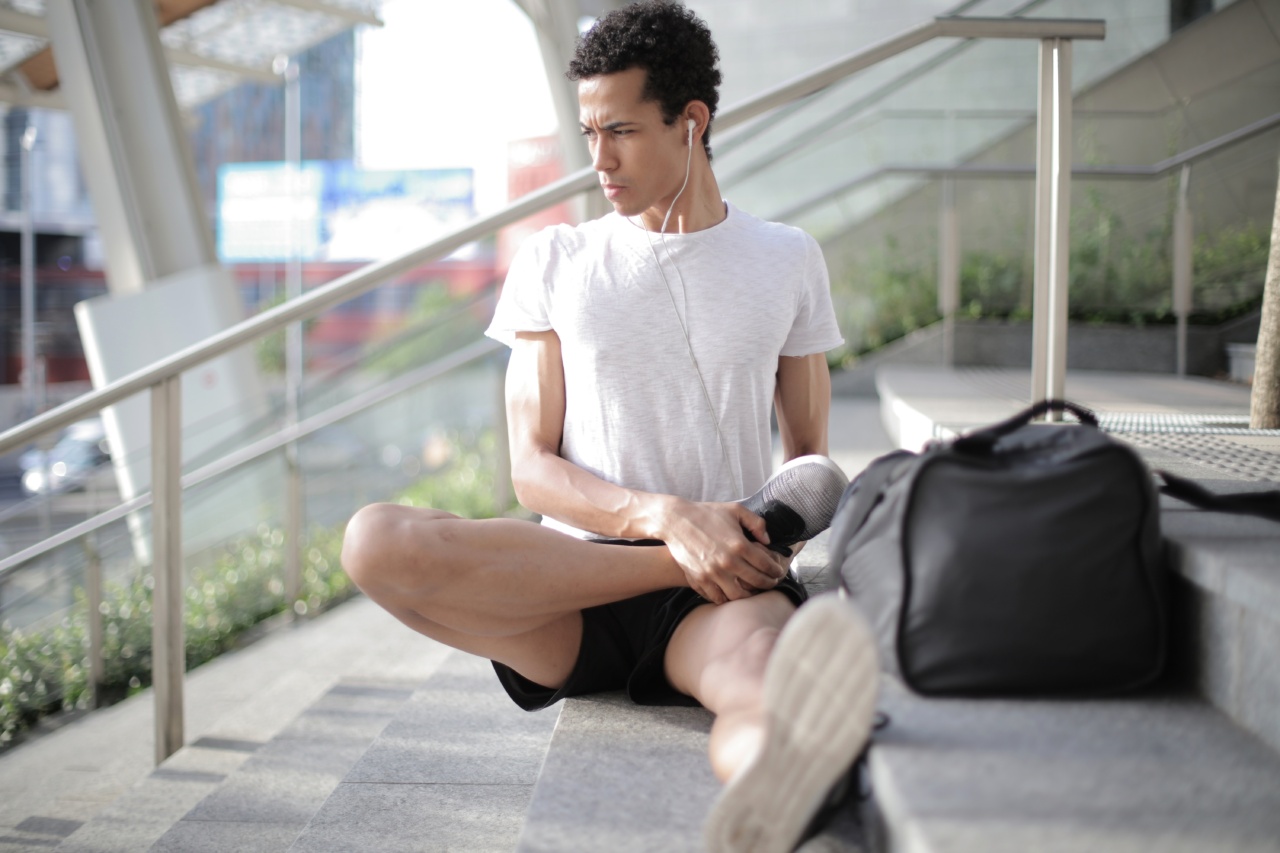We often find ourselves sitting cross-legged without even realizing it. Whether it’s during meetings, while watching television, or while meditating, this sitting posture seems comfortable and natural to many of us.
However, studies suggest that there may be negative consequences to sitting cross-legged for prolonged periods of time.
1. Increased Risk of Blood Clots
Sitting cross-legged can lead to a higher risk of developing blood clots, especially for individuals who already have a predisposition to blood clot formation, such as those with a history of deep vein thrombosis.
When you sit cross-legged, blood circulation in the legs can be restricted, potentially leading to the formation of blood clots that can be harmful or even fatal if they travel to vital organs.
2. Back and Hip Pain
Sitting cross-legged for extended periods can strain your back and hips. While it may feel comfortable initially, it puts pressure on the joints and muscles, causing stiffness and pain over time.
The uneven distribution of weight while in this position can also lead to imbalances in the hips, leading to discomfort and potentially long-term posture problems.
3. Increased Risk of Varicose Veins
Varicose veins are enlarged, twisted veins that often appear on the legs and feet. Sitting cross-legged can hinder proper blood flow and increase the pressure on the veins, potentially contributing to the development of varicose veins.
This condition can be both unsightly and uncomfortable, often causing pain, swelling, and a heavy sensation in the legs.
4. Nerve Damage
Although sitting cross-legged may seem harmless, it can compress nerves in the legs and feet. Prolonged compression can lead to nerve damage, resulting in numbness, tingling, and even weakness in the lower extremities.
If you commonly experience these symptoms after sitting cross-legged, it may be time to rethink your sitting posture.
5. Decreased Mobility
Sitting cross-legged restricts your ability to quickly get up and move around. This can negatively impact your overall mobility and make it challenging to maintain an active lifestyle.
Regular movement is important for your joint health and overall well-being, and sitting cross-legged can limit your ability to engage in physical activities effectively.
6. Digestive Issues
Surprisingly, sitting cross-legged can also affect your digestion. The compressed position can put pressure on your intestines, potentially leading to discomfort, bloating, and digestive disorders.
If you often experience gastrointestinal issues, it may be worth examining your sitting posture and making adjustments to alleviate any potential problems.
7. Increased Risk of Knee Pain
Sitting cross-legged for prolonged periods can increase the risk of knee pain and even exacerbate existing knee conditions such as osteoarthritis.
The unnatural alignment of the knees causes stress on the joint, potentially leading to pain, swelling, and restricted range of motion. Protecting the health of your knees is crucial for maintaining an active and pain-free lifestyle, so it may be wise to reconsider your sitting posture.
8. Impact on Posture
Sitting cross-legged can have long-term effects on your overall posture. This position encourages a rounded lower back and increased slouching, which can weaken the core muscles that support a good posture.
Over time, this can lead to a forward head posture and an increased risk of developing issues such as muscle imbalances, back pain, and even spinal deformities.
9. Impact on Circulation
When sitting cross-legged, blood circulation can be constricted, especially in the legs and pelvic region. Restricted circulation can lead to discomfort and potentially contribute to the development of conditions such as varicose veins or blood clots.
By adopting alternative sitting postures, you can maintain healthy blood flow and reduce the risk of circulatory issues.
10. Alternative Sitting Positions
Now that you are aware of the potential risks associated with sitting cross-legged, it’s essential to explore alternative sitting positions that promote better posture and overall wellness. Some of these positions include:.
a) Sitting with Both Feet Flat on the Floor: Keep both feet planted firmly on the ground, hip-width apart. This position helps distribute your weight evenly and promotes good blood circulation.
b) Using a Stability Ball: Replace your regular chair with a stability ball, which engages your core muscles and encourages better posture due to the need to constantly adjust your balance.
c) Sitting on a Backless Stool: This position promotes an engaged core and encourages you to sit up straight, alleviating strain on your back and hips.
d) Sitting on a Wedge Cushion: A wedge cushion can help tilt your pelvis forward, naturally aligning your spine and reducing the strain on your hips and back.
Remember, it’s important to frequently change your sitting position and incorporate movement breaks into your daily routine to prevent the negative effects associated with prolonged sitting.































